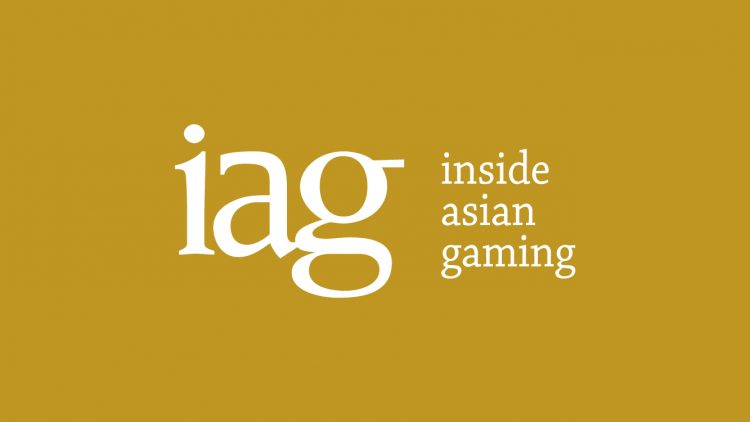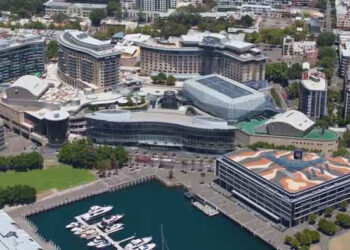Caesars Entertainment has filed for US Bankruptcy Court protection for its largest and most heavily indebted subsidiary.
In a move widely expected for months, the Las Vegas-based gaming giant will ask a federal judge to approve a restructuring of Caesars Entertainment Operating Company free from legal challenges by junior creditors seeking to force the 38-casino unit into receivership.
The filing for reorganization under Chapter 11 of the US Bankruptcy Code will not affect the publicly traded parent company’s other operating subsidiaries, Caesars Entertainment Resort Properties (CERP) and publicly traded Caesars Growth Partners. CEOC also will continue to operate as business as usual, according to a corporate statement.
“I am very confident in the future prospects of our enterprise, which will combine an improved capital structure with a network of profitable properties,” said Chairman and CEO Gary Loveman.
The filing, pursued with the reported approval of most of CEOC’s senior creditors, is designed to reduce the unit’s US$18.4 billion of debt by more than half as part of an agreement that will see those lenders accept a reduction in their claims in exchange for payments in cash and effective control of the company’s sizable land holdings, which will be restructured as a real estate investment trust that will lease the casinos back to a separate operating company.
Caesars has been in talks with with senior lenders for months on a plan to reduce its industry-leading debt load of more than $25 billion, the legacy of a 2008 leveraged buyout by private-equity giants Apollo Global Management and TPG Capital, both of which remain in control of the parent company and the two more liquid units.
CEOC, whose casinos are located mostly in low- or no-growth US regional markets, does not generate enough cash to service its debt and as currently structured is not expected to survive as a going concern past this year, according to the parent company.
Second-tier creditors have been outspoken in their opposition to the negotiations and have filed a number of court actions to have the company declared in default and to reverse a series of asset transfers which date back to 2012 and were designed to shelter the best-performing casinos from creditor claims by moving them into Caesars Growth Partners and CERP while aggregating most of the debt in CEOC.
































